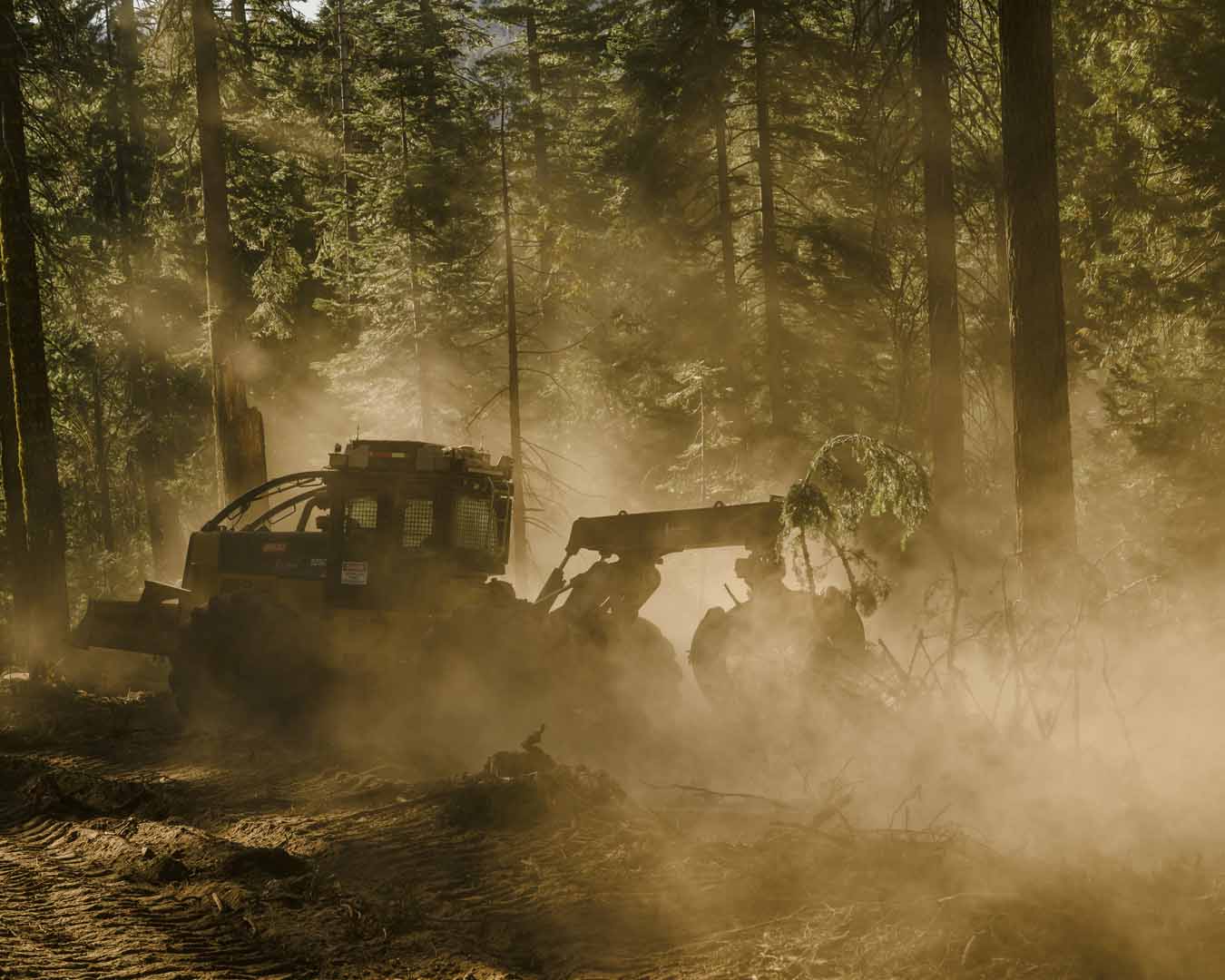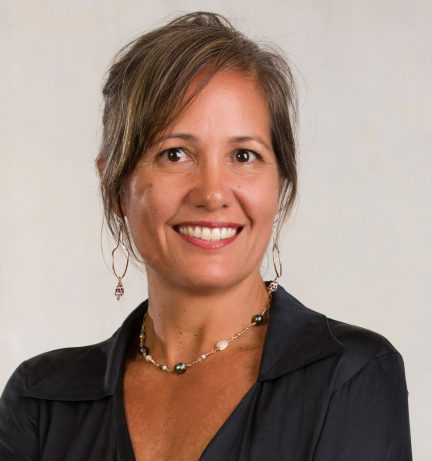Fire
AFTER THE FIRE: PUTTING YOUR LIFE BACK TOGETHER
Facing the aftermath of a fire can be overwhelming. Here’s where to get help.
When a wildfire passes, there’s so much to do to begin the process of recovery. Here’s a guide to help you rebuild your life and find support along the way.
First, make sure it’s safe to go back.
Your safty is the first priority, always! Things can be replaced, but people cannot. Never enter fire dammaged areas until local authorities give the green light. Even after the flames are out, unseen dangers like unstable sturctures, hot spots, or downed power lines can remain. Listen to updates from local news and emergency crews. Wait until they say it’s safe before returning home. The land (aina) will heal in time and so will you.
Second, contact your insurance provider.
Once it’s safe, reach out to your insurance company to report the damage. Most homeowners’ and renters’ policies cover fire related losses. Provide as much detal as you can, along with photos if possible. If you can’t stay in your home, ask about coverage for temporary housing and living expenses, many policies include this under “loss of use.” Stay patient and organized through the process.
Third, get help from disaster relief programs.
Federal, state, and local programs can help you get back on your feet. If the fire has been declared a major disaster, you may qualify for aid from the Federal Emergency Management Agency (FEMA). They can hep with temporary housing, home repairs, and essential needs. You can apply for FEMA aid online, over the phone, or at a local disaster recovery center. The Small Business Adminstration (SBA) also offers low interest loans to repair or replace damaged property, even for homeowners and renters. For those without insurance or with limited coverage, this can be an important lifeline.
Fourth, see what community support is available.
Nonprofit organizations like the American Red Cross, Salvation Army, and local charities often provide immediate relief, including shelter, food, clothing, and financial aid. Here in Hawai’i, community (‘ohana) often comes together quickly; churches, schools and neighborhood groups may organize recovery drives and ofter hands on help. Check bulletin boards, community centers, and social media pages for local support. You don’t have to walk this path alone.
Fifth, prioritize your mental health.
Wildfires don’t just burn land and homes, they can weigh heavily on the heart and spirt. It’s normal to feel anxious, sad, or overwhelmed after such a loss. Many disaster relief programs include conseling and emotional support. The Substance Abuse and Mental Health Services Administration (SAMHSA) offer 24/7 counseling for anyone affected by natural disasters. Their number is 1-800-985-5990. Remember, healing your mind and heart is just as important as rebuilding your home.
Sixth, document everything.
Keep records of all expenses related to the fire, such as hotel stays, meals, and repair costs. Save all receipts and keep notes of every conversation with insurance agents, contractors, and aid organizations. These records are key when filling insurance claims or applying for relief programs. A little organization now can save a lot of frustration later.
Seventh, think of safety in your cleanup efforts.
Cleanup after a wildfire can be risky due to ash, soot, and possible toxic materials. Always follow local guideance for debris removal, and don’t hesitate to call in professionals if hazardous materials like asbestos are suspected. Your county health department or enviromental agency can offer advice or assistance for safe cleanup. Protect yourself, your ‘ohana, and your land as you restore what’s been lost.
Finally, plan for the future.
Once the immediate crisis has passed, look ahead to how you can strenghten your home and community for the future. Consider creating defensible space around your home, using fire resistant materials, cleaning roofs and gutters regularly,, and installing mesh over vents. Even small changes, like planting native, drought-tolerant plants, can make a difference. Get involved in community efforts for fire prevention and resilience. By taklng these steps, you honor both your ‘ohana and the ‘aina, rebuilding not just what was lost, but creating a stronger, more connected furture.
By following these steps, you can start the path to recovery after a fire. Resources are available at every stage to help you navigate the difficult process of rebuilding after a wildfire.
For more information on fire recovery and assistance, visit FEMA’s disaster assistance page, and check out the Red Cross’ Wildfire Recovery Guide. Mental health support is also available at SAMHSA’s Disaster Distress Helpline.





